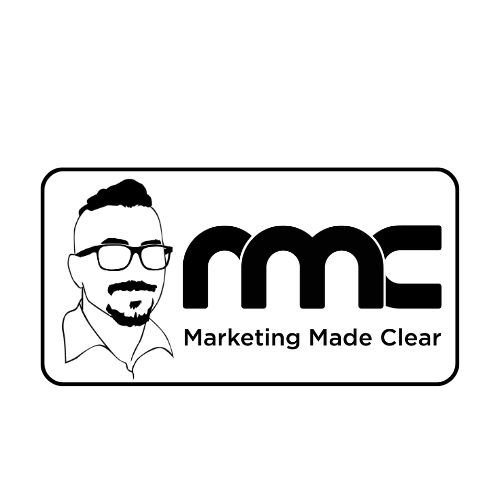What is a Marketing Strategy?
When discussing a marketing strategy, it’s important to understand that there isn’t a one-size-fits-all template. Each industry has its own dynamics, nuances, consumer demands, and segments, making a universal approach impractical.
Note:
This article features content from the Marketing Made Clear podcast. You can listen along to this episode on Spotify:
The Seven P’s of Marketing
Traditionally, marketing strategies revolved around the four P’s: Product, Price, Place, and Promotion. Over time, this expanded to the seven P’s to include additional elements that influence marketing strategies:
- Product: The goods or services offered to meet consumer needs.
- Price: The amount charged for the product.
- Place: Distribution channels through which the product is sold.
- Promotion: Advertising, public relations, and other methods to promote the product.
- Packaging: Although sometimes argued as part of the product, packaging plays a crucial role in industries like perfume and beverages.
- Personnel (People): Includes the salesforce and other employees who interact with customers.
- Procedures: Processes and systems in place to deliver the product or service.
- Physical Evidence: Tangible aspects that support the service or product, like the ambiance of a restaurant.
Other proposed additions include Personalisation, Politics, and Public Relations, reflecting the broader influences on marketing strategies.

Consumer-Centric Approach
A key criticism of the seven P’s model is its focus on the seller’s perspective rather than the buyer’s. A consumer-centric approach is essential for effective marketing. Understanding what aspects of the seven P’s are most important to consumers in your specific market is crucial.
For example, in the dog food industry, studies show that product quality, price, and convenience are paramount to consumers. Determining how to prioritise these aspects is essential for a successful marketing strategy.
Competitor Differentiation
Companies may prioritise different elements to distinguish themselves. One might focus on convenience through subscriptions, while another emphasises nutritional quality or ethical sourcing. The same product can be marketed differently based on various unique selling propositions (USPs).
Product Life-Cycle and Strategy
Understanding the product life-cycle is vital for setting strategies.
- Early Stages: Focus on reach through PR and advertising to build awareness.
- Later Stages: Focus on conversion. Shift to sales promotions to create urgency and strengthen customer loyalty. Personal selling can help reinforce the understanding of the product’s benefits.
Market Leader vs. Smaller Companies
Larger companies can afford mass media marketing (TV, Radio, Google, Facebook) and tend to use sales promotions sparingly to maintain profitability. Smaller companies, however, may rely more heavily on sales promotions to compete.
Porter’s Generic Competitive Strategies
To cap off, it’s worth mentioning Michael Porter’s three generic competitive strategies which offer a broader perspective on competitive positioning:
- Cost Leadership: Becoming the lowest cost producer in the industry.
- Differentiation: Offering unique products valued by customers.
- Focus: Targeting a particular market niche.
Each strategy has its own set of tactics and should be chosen based on the company’s strengths and market conditions.
Conclusion
Crafting a marketing strategy is about understanding your industry, prioritising consumer needs, differentiating from competitors, and adapting your approach throughout the product life-cycle. By focusing on these elements, companies can develop effective strategies that resonate with their target audience and achieve business objectives.
Up Next:
Porters Three Generic Competitive Strategies


